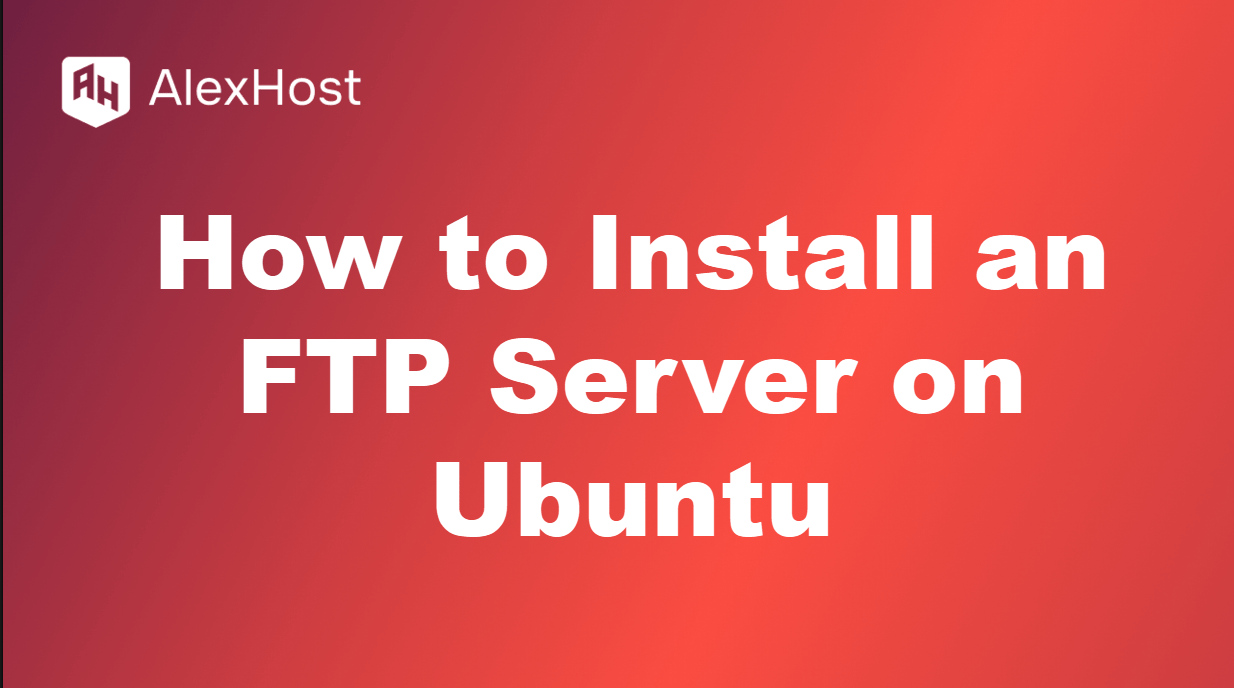IMAP vs POP3: Email’s Dynamic Duo Showdown Why choose between IMAP and POP3? IMAP and POP3 are the classic email fetchers, but in 2025’s multi-device world, they’re worlds apart. IMAP’s your sync wizard for phones, laptops, and tabs; POP3’s the old-school downloader for solo offline vibes. Both pull mail from servers, but pick wrong and […]
SSH (Secure Shell) is a protocol that provides a secure way to access and manage remote servers. Installing and configuring an SSH server on Debian allows you to remotely control your server securely over a network. In this article, we’ll cover how to install and configure an SSH server on Debian. Step 1: Install OpenSSH […]
Secure File Transfers with SFTP on AlexHost VPS Why SFTP on AlexHost? SFTP (SSH File Transfer Protocol) is your go-to for securely moving files between your local machine and an AlexHost VPS. By leveraging SSH encryption, it keeps your data safe from prying eyes, unlike old-school FTP. With AlexHost’s robust Ubuntu VPS—complete with root access […]
A subdomain is a prefix added to your main domain name to help organize or separate different sections of your website. Subdomains are useful for hosting different types of content, such as a blog, an online store, or a separate application, under the same primary domain. In this article, we will explain what subdomains are […]
An SSL certificate is crucial to protect the communication between your web server and users. By using SSL, you ensure that data is encrypted and that your site is trustworthy. In this article, we’ll help you set up an SSL certificate on Nginx, one of the most popular web servers. Step 1: Install Certbot Certbot […]
WordPress is one of the most popular platforms for creating websites, including e-commerce stores. With the help of plugins like WooCommerce, you can easily turn your WordPress site into an online store. In this article, we’ll walk you through the steps to create an online store in WordPress. Step 1: Set up hosting and install […]
Hosting a website involves uploading your website files to a server and configuring the domain to point to your server’s IP address. In this guide, we’ll walk you through the process of hosting a ready-made website on the internet. Step 1: Purchase Hosting and a Domain Name The first step is to purchase hosting and […]
Set Up an FTP Server on Ubuntu: Quick vsftpd Guide Why bother with an FTP server? FTP (File Transfer Protocol) is your trusty sidekick for shuttling files between your machine and a server—think uploading website tweaks or sharing big datasets. On Ubuntu, vsftpd (Very Secure FTP Daemon) is the go-to choice: it’s lightweight, secure, and […]
Install WordPress on AlexHost VPS with cPanel and Softaculous Why install WordPress on AlexHost? WordPress powers over 40% of websites, offering unmatched flexibility for blogs, e-commerce, and portfolios. AlexHost’s VPS with NVMe storage, LiteSpeed, and DDoS protection delivers blazing-fast performance and robust security. Using cPanel and Softaculous, you can install WordPress in minutes. This guide […]
As systems and applications grow in complexity, monitoring becomes essential to ensure optimal performance, reliability, and scalability. Prometheus, an open-source monitoring and alerting toolkit, has become one of the most popular solutions for managing and visualizing metrics from various systems. Originally developed by SoundCloud, Prometheus is now a Cloud Native Computing Foundation (CNCF) project and […]
















